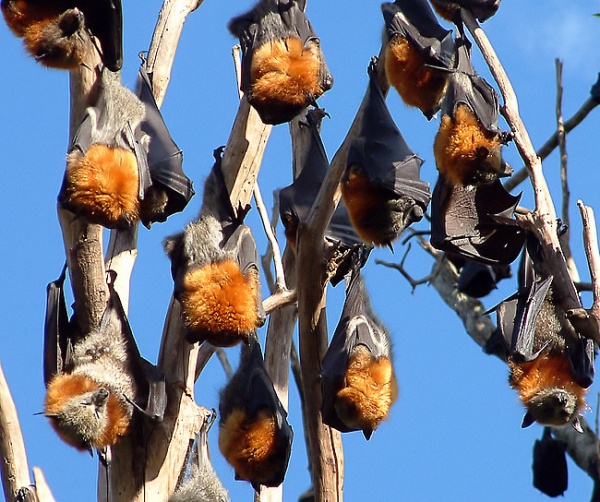Facts About Grey-headed flying fox
The grey-headed flying fox is a captivating megabat native to Australia, where it coexists with three other Pteropus species on the mainland. It predominantly inhabits the forested regions of southeastern Australia, stretching from Queensland to Victoria, with some colonies found in other areas. This species, classified as "Vulnerable" on the IUCN Red List, was first described in 1825 by Coenraad Temminck.
As the largest bat in Australia, the grey-headed flying fox is quite striking. It features a dark-grey body, a light-grey head, and a distinctive reddish-brown collar. Unlike some other bats, it lacks a tail but has fur-covered legs. These bats rely on their keen sense of smell and sight to locate food. With an impressive wingspan that can reach up to one meter and a weight of about 600-1000 grams, they feed on nectar, pollen, and fruits. They play a crucial role in the ecosystem as key pollinators and seed dispersers for over 100 native plant species.
These bats can thrive in various habitats, such as rainforests and woodlands, and they tend to form large roosts. They also migrate seasonally to follow food sources. However, they face significant challenges due to habitat loss, competition, and extreme weather events. Conservation is of great concern, as these threats endanger their survival.
Fortunately, wildlife rescue organizations are stepping in to help. They care for injured or orphaned flying foxes and strive to protect them from hazards such as barbed wire and toxic plants. Conservation efforts for the grey-headed flying fox include legal protections for their roosting sites and regulations aimed at safeguarding both the bats and their habitats.
